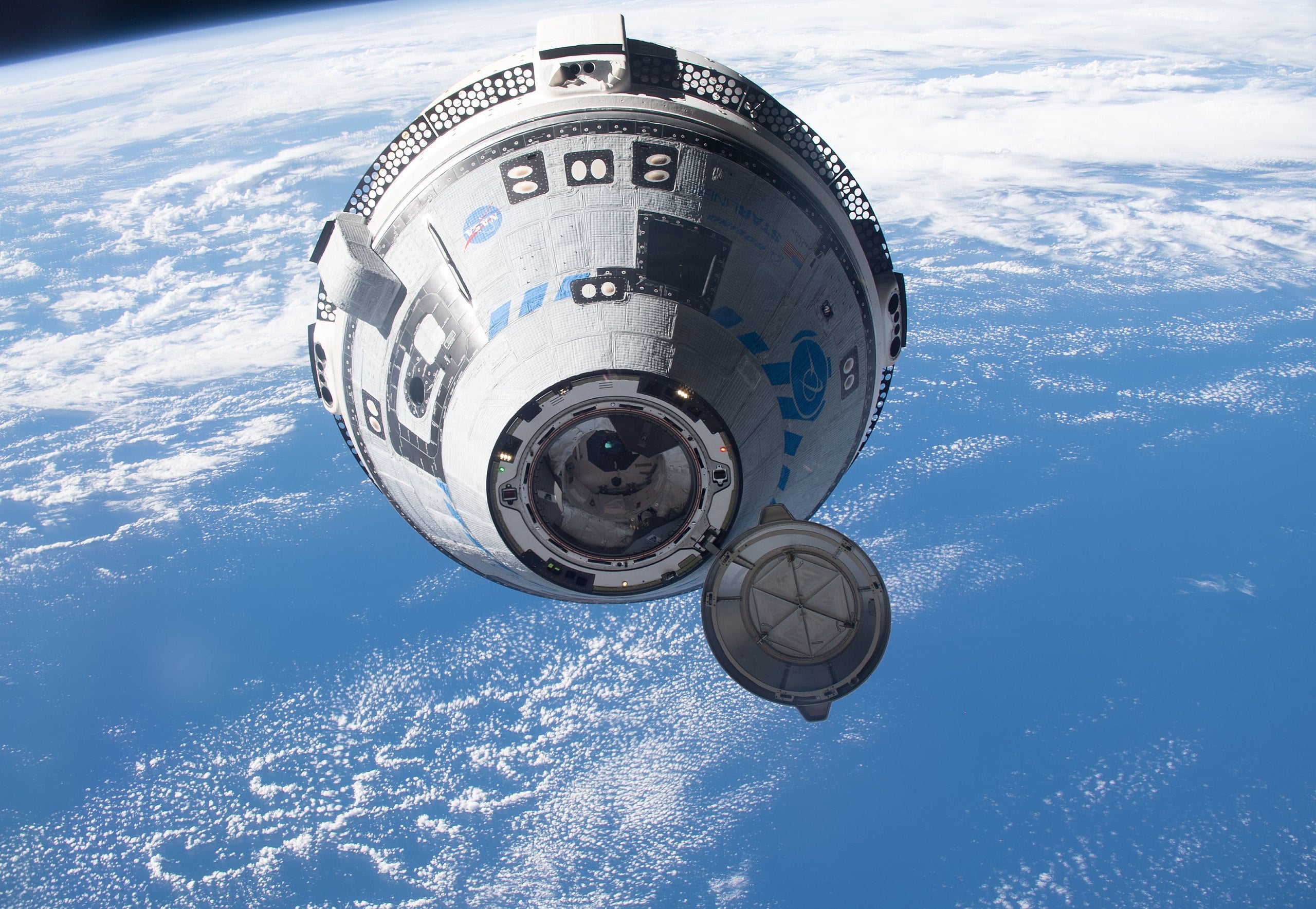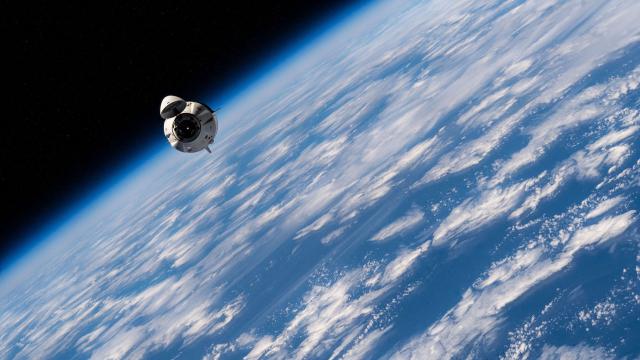The partnership between NASA and SpaceX is poised to get even stronger, as the space agency recently announced its intention to purchase five additional Crew Dragon flights to the International Space Station.
NASA announced its intent to purchase the extra Crew Dragon missions in a procurement notice released on June 1. The pending contract extension with SpaceX was in part prompted by Boeing’s inability to deliver its own commercial crew vehicle, the CST-100 Starliner, on schedule.
NASA will acquire the five additional post certification missions under a Commercial Crew Transportation Capabilities (CCtCap) contract, under which only SpaceX has been able to provide a crew-rated spacecraft for shuttling astronauts to the ISS. The space agency is seeking consistent, reliable, and safe access to the ISS, but with the Starliner not yet rated for human use, NASA had to move forward with some kind of plan.
“Due to the technical and schedule challenges experienced by Boeing, the number of missions previously awarded to Boeing and SpaceX, NASA projections of when alternative crew transportation systems will be available, and the technical challenges associated with establishing and maintaining a [commercial crew transportation] capability for crewed flights to the ISS approximately every six months, it is necessary to award five additional [post certification missions] to SpaceX,” NASA explained in its notice of intent.
NASA recently extended its tenure aboard the ISS to 2030, after which time the orbital outpost will be retired. The five new flights with SpaceX further reinforce this plan. The modified contract also reinforces NASA’s relationship with SpaceX, which is under contract with NASA to deliver cargo to the ISS and provide a human landing system for the future Artemis missions to the Moon. It also takes some pressure off of Boeing, and NASA for that matter, to get Starliner rated for human use.
With the retirement of the Space Shuttle program in 2012, NASA lost its capacity to independently launch astronauts to space, forcing it to rely on Russian rockets instead. This led to the Commercial Crew Program, in which SpaceX and Boeing were commissioned to provide unique space transportation systems for crewed missions to the ISS and serve as lifeboats in the event of emergencies.
Crew Dragon became available to NASA in November 2020 and has since performed four crewed missions to the ISS (not including the demonstration mission). A fifth mission is planned for September 2022, and a sixth during the spring of 2023. This February, NASA signed a fixed-price contract with SpaceX for an additional three missions, Crew-7, Crew-8, and Crew-9. These three missions, collectively worth $US776 ($1,077) million, secured NASA access to the ISS up until March 31, 2028. NASA’s plan to add five extra Crew Dragon missions would take the space agency to 2030 and include Crew Dragon missions 10 through 14.
NASA is still very much hoping to intersperse these future missions with Starliner flights; ideally, each commercial provider will fly to the ISS once per year. Said Phil McAllister, NASA’s director of commercial space, in an agency statement: “Our goal has always been to have multiple providers for crewed transportation to the space station,” adding that “SpaceX has been reliably flying two NASA crewed missions per year, and now we must backfill those flights to help safely meet the agency’s long-term needs.”

The beleaguered CST-100 Starliner program is seemingly on the right track to becoming human rated, as the recent Orbital Flight Test-2 (OFT-2) went reasonably well, save for some (apparently) minor issues. NASA and Boeing are currently reviewing the mission and hoping for a crewed test of the system later this year. The first orbital flight test of Starliner in 2019 did not go well, as the spacecraft failed to reach the ISS. A resulting investigation led to a series of fixes and further delays. Insult was added to injury when OFT-2 failed to get off the ground during a launch attempt last year. The “anomaly” with the first Starliner flight test and the other technical issues “demonstrate the importance of having redundant and back-up capabilities in order for NASA to meet its mission requirements to maintain crew onboard the ISS and to meet its obligations under agreements with its International partners to assure continued crewed access to the ISS,” NASA said in its procurement notice.
The “recent success of Boeing’s uncrewed flight test is helping to solidify NASA’s long-term goals,” said Steve Stich, manager of NASA’s Commercial Crew Program. “It’s critical we complete Starliner’s development without undue schedule pressure while working to position both Boeing and SpaceX for sustainable operations in the years ahead.”
In the same statement, NASA said it’s trying to avoid having to rely on a sole provider and that it wants to create sufficient elbow room such that each commercial partner can “work through any unforeseen issues that could arise as private industry builds operational experience with these new systems.” Importantly, the pending contract extension with SpaceX won’t prevent NASA from procuring even more missions in the future.
Starliner will have to play second fiddle to Crew Dragon, but that doesn’t mean there’s no future for the Boeing spacecraft. The ISS will be gone after 2030, but the plan is to replace it with multiple commercially built space stations. Astronauts with NASA and commercial enterprises will still require a means to reach low Earth orbit, and that’s where Starliner will help. Well, assuming it eventually gets human rated.
